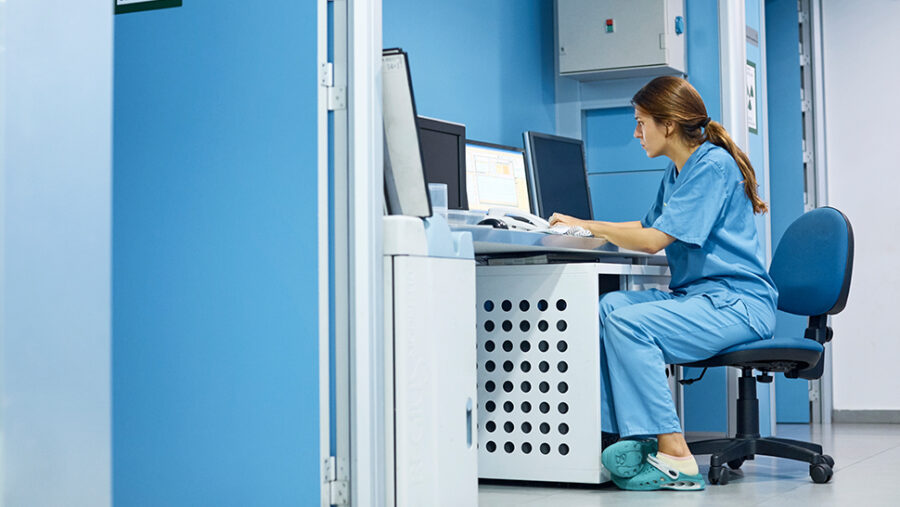

Success hinges on many factors and can be measured in different ways, however one frequently overlooked aspect in ensuring the success of a veterinary practice is the effective management of their existing intellectual assets, and whether such assets are being protected, developed and exploited to their full potential.
To ensure your practice has a full understanding of its intellectual assets we have answered some of the key questions that veterinary practices ask us below.
What intellectual assets might my business own?
You may already be familiar with intellectual property (IP); namely, registered and/or unregistered rights that exist in patents, trade marks, copyright and designs. With the appropriate attention, these IP rights can act as valuable assets to commercialise and monetise a business.
However, organisations should also note that, in addition to these established intellectual property rights, they are also likely to possess and have control over an array of other, less obvious, intellectual assets. Such intellectual assets may include methods, processes, knowledge, data and information, all of which will have some inherent value or benefit to the running of the day-to-day business.
Organisations should also consider any logos, webpages and website content; the ownership of these intellectual assets will rest with the creator of those works, and therefore if a third-party has created them, the organisation will not own these intellectual assets unless a confirmatory assignment has been made to the contrary.
I’ve identified my intellectual assets, but how might I utilise them to my advantage?
By taking a holistic approach to the management and protection of its intellectual assets, an organisation is likely to find rewarding opportunities to exploit and develop them further.
Organisations can gain competitive advantages, improve their productivity and promote the development of new devices or treatments, all of which helps generate new commercial opportunities and revenue streams.
For such a strategy to be successful, however, it will need to be fully integrated into an organisation’s processes and culture to ensure that all intellectual assets, and opportunities that arise from them, are not overlooked and are protected. From a legal perspective, the implementation of such a strategy will require different focuses at each stage.
What stage do I need to consider first?
The ‘protection’ stage should always be an ongoing exercise. Whenever intellectual assets are identified, an organisation should focus on keeping them secret and restricting unauthorised third parties from benefiting from them.
This process should be approached from both an internal (i.e. employees, contractors, stakeholders) and external (i.e. partners, collaborators, suppliers) perspective; key information should only be disclosed on a ‘need to know’ basis, and both internal and external arrangements should be documented on contractual footing and should contain robust and enforceable provisions.
In the event that the services of a third-party has been engaged in the design or creation of intellectual assets, for example the use of a marketing agency to design a webpage and its content, then a confirmatory assignment of ownership should be considered to protect these assets. Similarly, organisations should seek to register their valuable intellectual assets whenever opportunities for registration present themselves, for example by trademarking a new, distinctive product name or by patenting a new invention.
I’ve protected my intellectual assets; is that all I need to do?
IP is only protected insofar as you enforce that protection, but while it’s crucial to enforce your rights, the ‘development’ stage helps establish how an organisation’s intellectual assets, and the ideas and opportunities that arise from them, can be fully realised.
This stage tends to focus on ensuring that the applicable intellectual assets remain available to the organisation and identifying where third party collaboration is required. Often, this stage results in sophisticated collaboration or research and development agreements being put in place between partners, focusing on a particular deliverable or outcome. These agreements typically seek to ensure that each party’s position is protected, and that the objectives of the collaboration are both mutually beneficial and achievable.
I’ve developed my intellectual assets, but where can I go now?
Eventually, you may decide that it’s time to exploit your IP; the ‘exploitation’ stage deals with the full actualisation of an intellectual asset and its potential. How an organisation decides to exploit their IP is circumstantial; this may be associated with revenue generation, for example taking a new product or device to market, or they may seek licensing or disposal opportunities instead.
The exploitation of intellectual assets can have a broader positive impact as well; it can help differentiate your businesses from competitors and encourage the recruitment of new talent for future growth and opportunity.
Moreover, should you ever decide to sell your business, exploitation of your intellectual assets naturally adopts an ’investor readiness’ approach which can increase the speed and smoothness of a deal, whilst maximising the valuation of the assets within your business.
Whatever the overriding objective, most organisations operating in the veterinary sector can derive significant benefit from adopting a holistic strategy to the management of their inherent intellectual assets within their business.
Continued consideration of how to protect intellectual assets certainly encourages their development, and in turn enables the exploitation of them to maximise and actualise the potential and overall value of their business.










